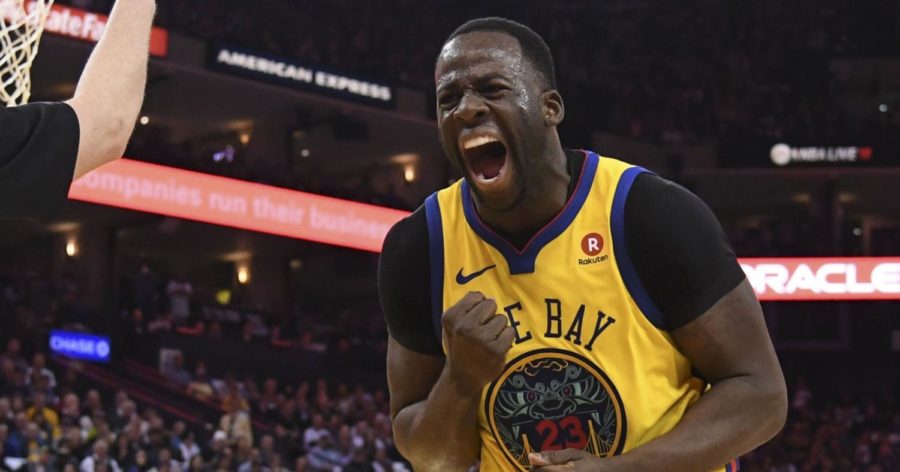Draymond Green’s recent decline in productivity has the NBA community rethinking his value to the Golden State Warriors, which is unwarranted after evaluating how Green has revolutionized the power forward position in modern basketball.
Green has averaged 7.2 points-per-game, 43 percent from the field and 24 percent from long range this season, historic career lows for Green.
This has prompted many to question whether he warrants a 2019 four-year extension of $100 million or qualify for a 2020 super max of five years equaling $240 million if he wins 2019 Defensive Player of the Year. Understandably, the casual onlooker would wonder why a player posting such a mediocre stat line would even be eligible for a contract of this magnitude.
With the emergence of dual-threat forwards such as, Kyle Kuzma (LAL) and Pascal Siakam (TOR) who some would argue are more valuable than Green; we should not remiss the pioneer of this new wave of the modern NBA four.
First, we must understand what Green means to the Warriors. Selected No. 35 overall in the 2012 NBA Draft out of Michigan State; Green was a tweener, an undersized forward at 6-foot-6 who lacked explosiveness, speed and quickness off the bounce.
Green’s draft comparisons at the time were Luke Harangody and Jared Dudley according to Jonathan Wasserman’s draft profile on NBADraft.net, which we now know to be underwhelming comparisons.
Nonetheless, not only did scouts see Green as a tweener, but so did Marc Jackson, the Warriors the head coach at the time.
In the 2012-13 season Green logged 13.4 minutes per game and averaged a measly 2.9 points. He only saw a bump in minutes after an injury to starting forward David Lee.
Green, the perennial All Star and Defensive Player of the Year was born in the 2012 playoffs after Lee suffered a groin strain in game one. Though he only averaged five points in a series loss to the San Antonio Spurs, the opportunity acted as a springboard for Green’s ascendance. He established himself as a dynamic power forward who could guard all five positions, make pinpoint passes and hit the occasional 3-pointer.
His numbers increased over the next two seasons after posting a 2013 season-stat line of 6.2 points, 1.9 assists, five rebounds and a defensive rating of 97.6. Followed by a 2014 season where he averaged 11.7 points, 8.2 rebounds, and 3.7assists per game along with a 96.8 defensive rating.
Again, the casual fan may scoff at Green’s rec league-esque numbers and see an average NBA player at best. Advanced metrics beg to differ. They measure Green’s impact on both ends of the floor, not just surface level statistics. His career 26.6 defensive win shares and a plus-minus of 3.8 supports Draymond’s dominance in comparison to any player in the league.
Green’s lack of size and athleticism has never been an issue as he makes up for any discrepancies in physical attributes with hustle, grit and efficiency. His game throws any traditional aspect of the power forward position out the window, making him indispensable.
Without the emergence of Green’s impact on every game he plays regardless of face-level stats there would be no such thing as position-less basketball. The fast-paced free flowing offense we see from Golden State would cease to exist if not for its conductor Draymond Green.




